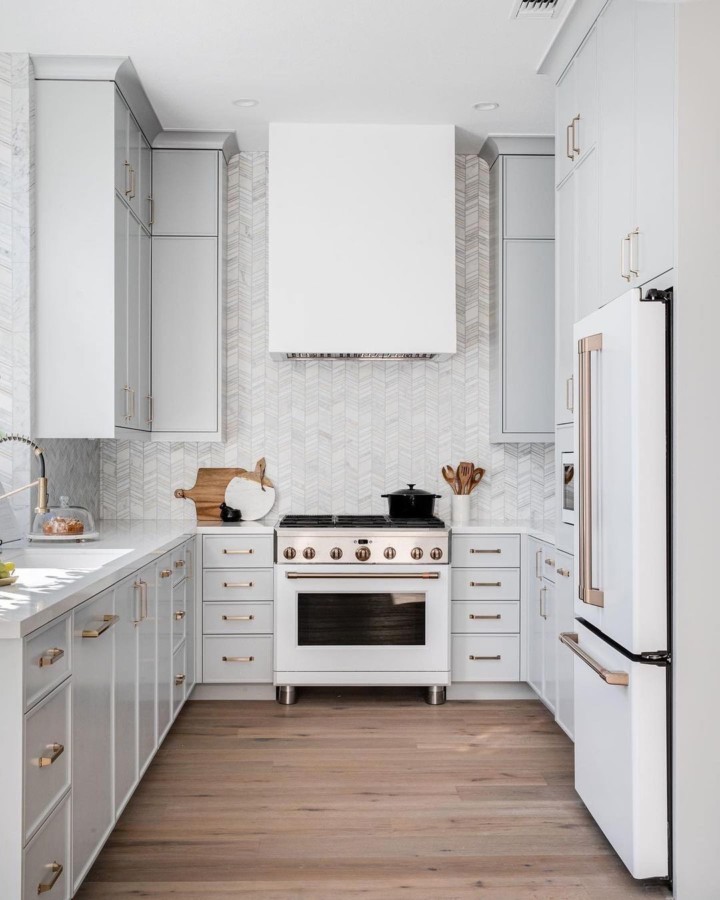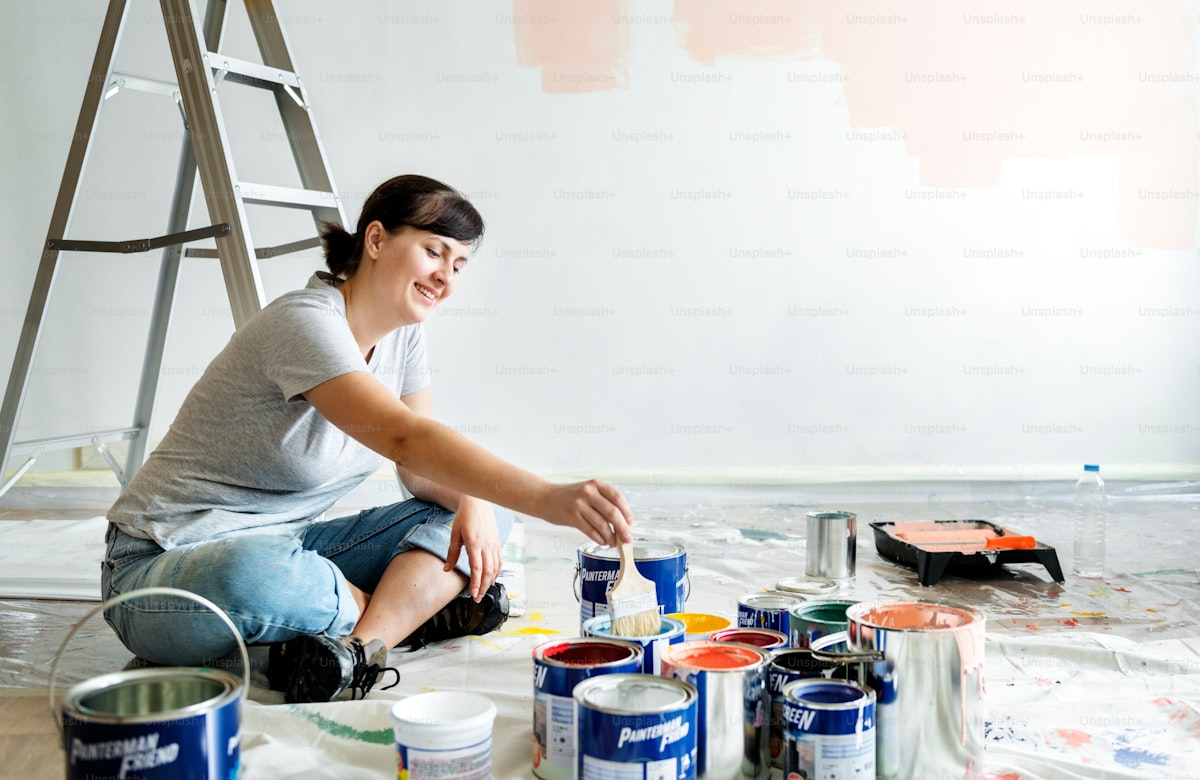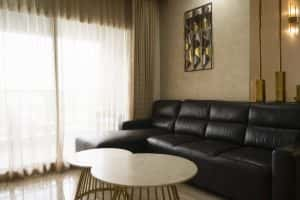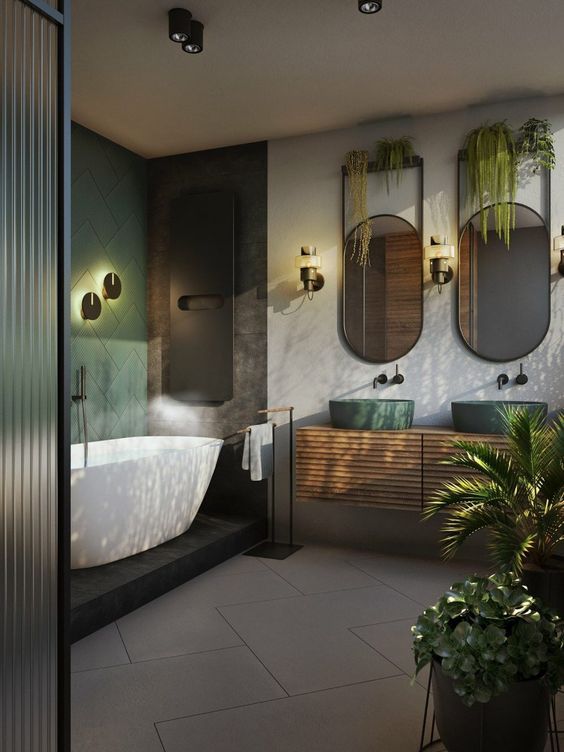
Designing a dream bathroom is an exciting endeavor that requires careful planning and attention to detail. A well-designed bathroom can serve as a retreat from the outside world, providing a space for relaxation and rejuvenation. However, it’s important to avoid common mistakes that can compromise the functionality and aesthetics of your bathroom renovation. In this comprehensive guide, we will explore 10 key areas to consider when designing your dream bathroom, along with expert tips and advice to help you create a space that is both beautiful and functional.
Section 1: Planning Ahead
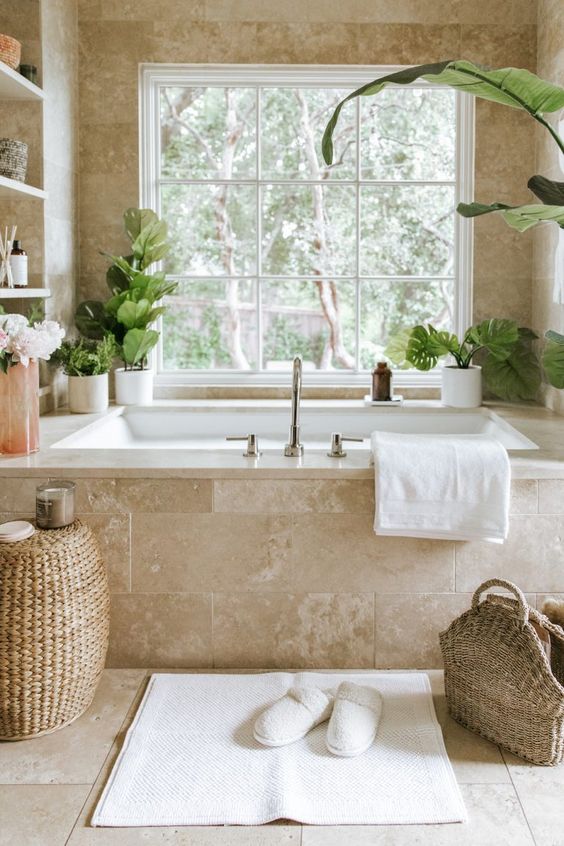
Image: CS
Before diving into your bathroom renovation project, it’s crucial to plan ahead and consider all the necessary components. Plumbing, electrical work, flooring, and surface materials are just a few of the elements that require careful consideration. According to Jeff Andrews of Jeff Andrews Design, a bathroom renovation is not a project that can be executed on a whim. It requires a thorough understanding of the various components involved. Good ventilation is also essential to prevent any potential problems caused by moisture. Take the time to research and understand the plumbing and electrical requirements, as well as the different flooring and surface materials that are suitable for your bathroom. By planning ahead, you can ensure a successful and stress-free renovation process.
Stephen Pallrand, founder of CarbonShack, emphasizes the importance of creating a well-considered layout for your bathroom. It’s essential to hire professionals or invest time in designing a layout that makes sense, looks good, and meets building codes. Pallrand suggests creating multiple iterations of the bathroom layout to ensure that you have considered all aspects and avoid any undesirable consequences later on. Taking the time to plan and design your bathroom layout will save you time, money, and potential headaches down the line.
Section 2: Visualizing the Design
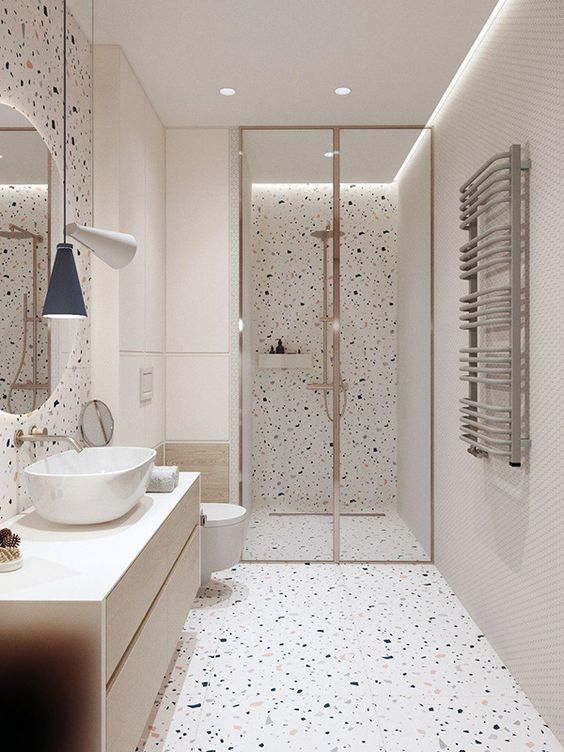
Thanks to advancements in technology, visualizing your bathroom design is easier than ever before. Mark Cutler, cofounder of CutlerSchulze, recommends taking advantage of digital tools and photorealistic renderings to fully plan your bathroom renovation. These renderings may come with a cost, but they can save you countless hours and thousands of dollars in the long run. With realistic visuals, you can see how different design elements will come together, allowing you to make informed decisions and ensure that the final result aligns with your vision.
Section 3: Prioritizing Functionality
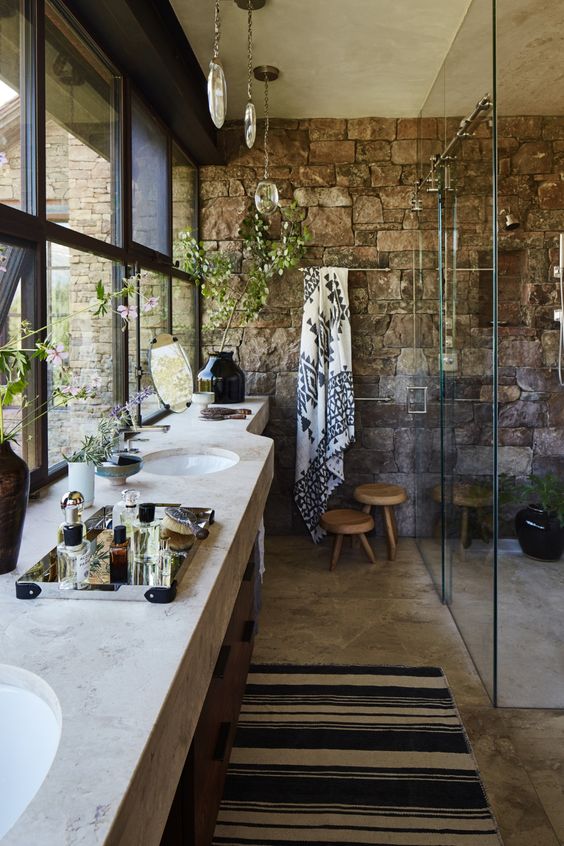
Image: WRJ Interiors
While it’s tempting to focus solely on the aesthetic aspects of your bathroom renovation, it’s crucial to prioritize functionality. Charmaine Wynter, design principal at Charmaine Wynter Interiors, advises against neglecting the less glamorous parts of the renovation. It’s essential to consider factors such as the type of grout required for your tiles, the necessary spacing between tiles, and proper adherence to building codes. By prioritizing functionality, you can ensure that your bathroom not only looks good but also functions properly and stands the test of time.
Section 4: Setting a Realistic Budget

Image: MUSTARD SEED INTERIORS
Underestimating or misallocating your budget is a common mistake when it comes to bathroom renovations. While the cost of materials like stone, tile, and plumbing may seem manageable, labor and construction expenses can quickly add up. Mark Cutler warns against cutting corners and compromising on quality to save money, as this can lead to long-term issues such as leaks and mold. It’s essential to set a realistic budget that takes into account all aspects of the renovation, including labor, materials, and unforeseen expenses. By doing so, you can ensure that your dream bathroom becomes a reality without any financial surprises along the way.
Section 5: Maximizing Storage
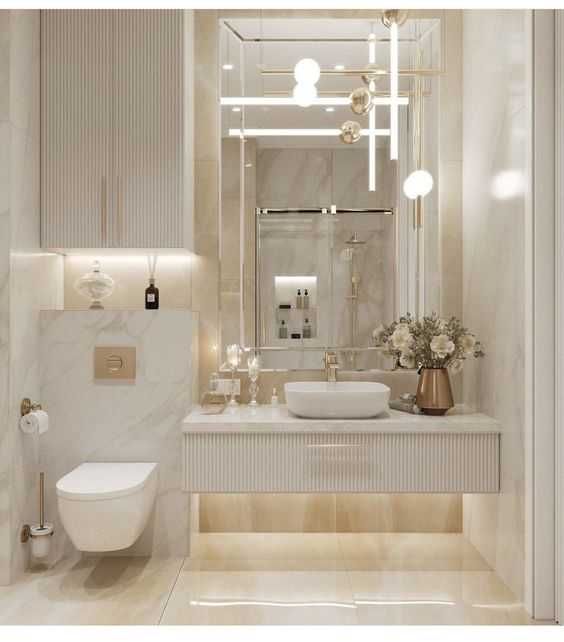
A well-organized bathroom is key to maintaining a clutter-free and functional space. Adequate storage is a crucial aspect of bathroom design that is often overlooked. Tali Roth, an interior designer, stresses the importance of having as much storage as possible in your bathroom to ensure functionality and minimize clutter. Consider incorporating options such as medicine cabinets, recessed wall cabinets, and recessed shower shelves to maximize storage space. Studio Life/Style suggests focusing on the vanity as a storage solution. Custom-made or spacious vanities can provide ample storage for items like hair dryers, makeup, and toiletries. Additionally, towel storage is essential for a well-organized bathroom. Allocate space for fresh towels, and consider installing robe hooks for drying multiple towels or robes.
Section 6: Lighting for Function and Ambience
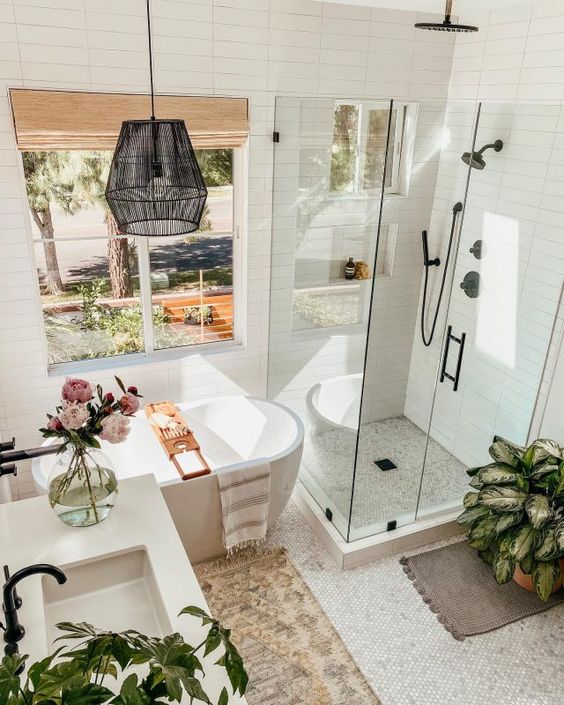
Image: Anita Yokota
Lighting is a critical aspect of bathroom design that is often overlooked. Insufficient or improper lighting can make tasks like applying makeup or shaving difficult, while inadequate ambient lighting can create an uninviting atmosphere. It’s essential to incorporate both decorative and task lighting in your bathroom design. Tali Roth emphasizes the need for multiple light sources, including sconces, overhead lighting, and vanity lights. Natural light is also highly desirable, so if possible, consider incorporating windows or skylights into your design. Dimmable ceiling lights can create a relaxing mood for those who enjoy soothing baths, while well-placed sconces or a lit magnifying mirror can assist with detailed tasks like makeup application.
How Tryptic Barber Mirrors Can Elevate Your Bathroom Decor
Section 7: Choosing the Right Finishes
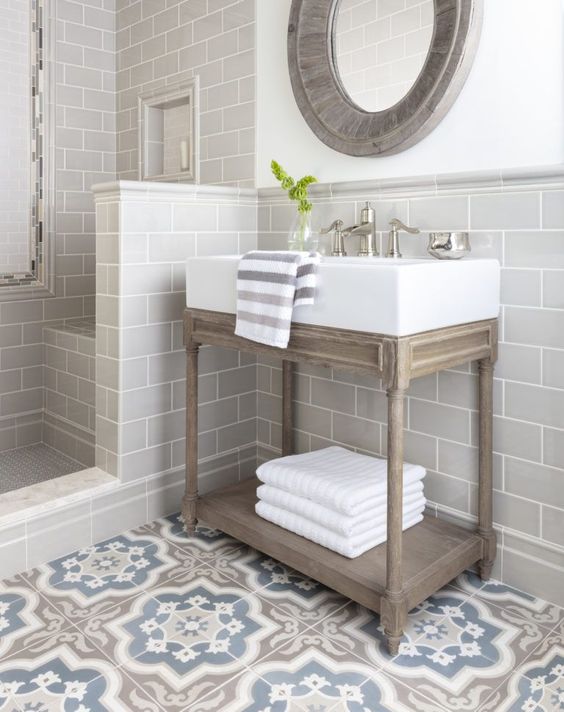
When it comes to finishes, it’s important to strike a balance between aesthetics and practicality. Avoid overwhelming your bathroom with too many finishes, as this can create a messy and disjointed look. Instead, aim for a cohesive design by flowing the materials in a digestible way. Keep the floor materials consistent and consider using statement patterns or colors on the floors or in specific areas, such as recessed shelves. Jane Abercrombie, a New York-based designer, suggests considering electrical planning early in the process to accommodate features like hardwired makeup mirrors and outlets in drawers for appliances. By carefully selecting and coordinating finishes, you can create a visually appealing and cohesive bathroom design.
Section 8: Selecting Slip-Resistant Flooring

Flooring is a crucial consideration in bathroom design, especially in terms of safety. Using decorative tiles that aren’t suitable for wet environments can lead to slippery surfaces and potential accidents. Studio Life/Style advises choosing slip-resistant flooring or ensuring that the tiles you select are appropriate for bathroom use. Treatments or coatings can also be applied to enhance slip resistance. Prioritizing safety while selecting flooring materials will help create a bathroom that is both stylish and secure.
Section 9: Adding Personal Touches
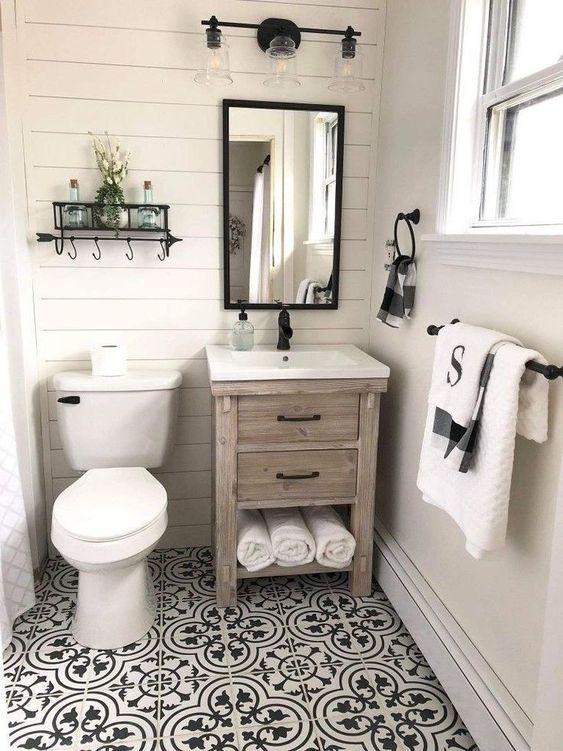
Don’t forget to infuse your bathroom with your personal style and preferences. Bathrooms can have personality just like any other room in your home. Massucco Warner Miller suggests adding unexpected elements such as unique light fixtures, chic art, or wallpaper to spice up your bathroom design. Even small touches like colorful towels, decorative soap dispensers, or scented candles can make a significant impact. Consider the overall aesthetic of your home and ensure that your bathroom design complements the rest of your living space.
Section 10: Considering Humidity and Moisture
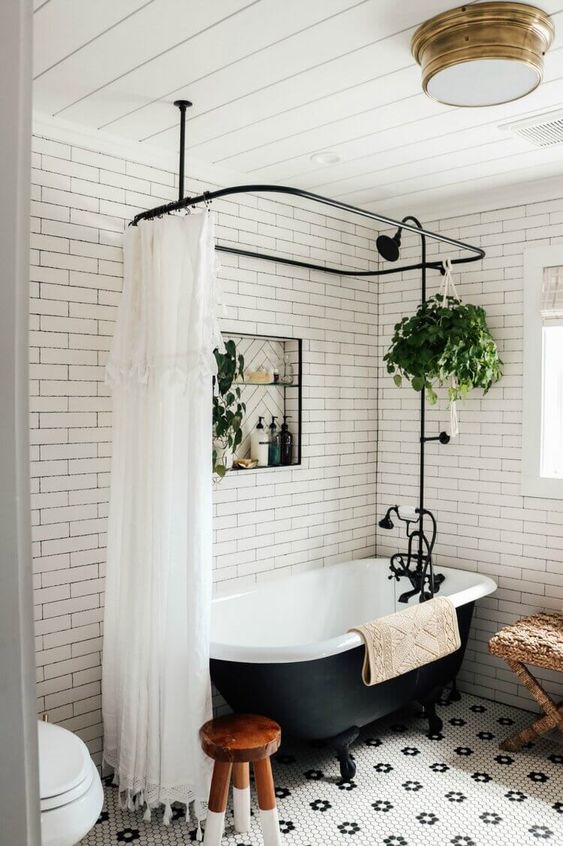
Image: Nesting with Grace
Bathrooms are naturally humid environments, so it’s crucial to choose materials and finishes that can withstand moisture. Regular wallpaper, for example, can be susceptible to damage in a bathroom setting. Opt for vinyl or other moisture-resistant wallpapers, or ensure that the backsplash is high enough to protect the wallpaper. Proper ventilation is also essential to minimize moisture buildup. Install exhaust fans or windows that allow for adequate airflow, preventing the growth of mold and mildew. By considering humidity and moisture in your design, you can create a bathroom that is both beautiful and resistant to the damaging effects of moisture.
Is it a good idea to put wallpaper in the bathroom?
In conclusion, designing your dream bathroom requires careful planning, attention to detail, and a balance between aesthetics and functionality. By avoiding common mistakes, such as failing to plan ahead, underestimating the budget, or neglecting the less glamorous aspects of the renovation, you can create a bathroom that is both visually stunning and practical. Remember to maximize storage, prioritize lighting, choose the right finishes, and infuse your personal style into the design. With proper consideration of humidity and moisture, your dream bathroom will become a haven of relaxation and rejuvenation. So start planning, visualize your design, and embark on the journey of creating your perfect bathroom retreat.

